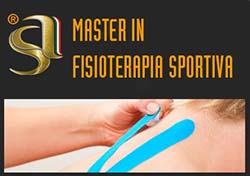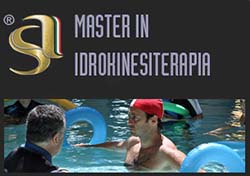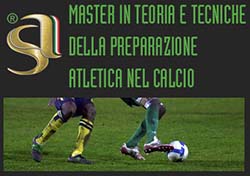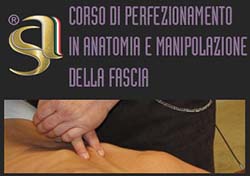Lussazione
Sport and Anatomy Fascicolo 3-2018, pagine: 87-88
DOI | @ Pisa University Press 2018
Pubblicato: 20 February 2020
L’intero articolo è disponibile
Riassunto
La lussazione è un evento traumatico che causa la perdita permanente dei rapporti reciproci tra i capi ossei di un’articolazione, ed è frequente negli sport ad alta velocità come hockey e rugby. La lesione causa una deformità anatomica del profilo articolare interessato e limita la mobilità e la motilità articolare; può provocare dolore e gonfiore di notevole entità. L’approccio terapeutico consiste nel ridurre la lussazione, riportando i capi ossei articolari nella loro posizione anatomica. Tale approccio può essere praticato in acuto, ma non è scevro da possibili complicanze neurovascolari e ossee. Va pertanto messo in atto solo da personale medico con esperienza in tale ambito. Fondamentale è il trasferimento rapido dell’atleta in ospedale per ridurre la lussazione in sicurezza e valutare eventuali lesioni neurovascolari o fratture associate. La crioterapia, il riposo funzionale, l’immobilizzazione e una adeguata fase riabilitativa completano l’approccio terapeutico al paziente con lussazione articolare.
Parole chiave
Percorso di valutazione
Peer reviewed. Certificazione della qualità





